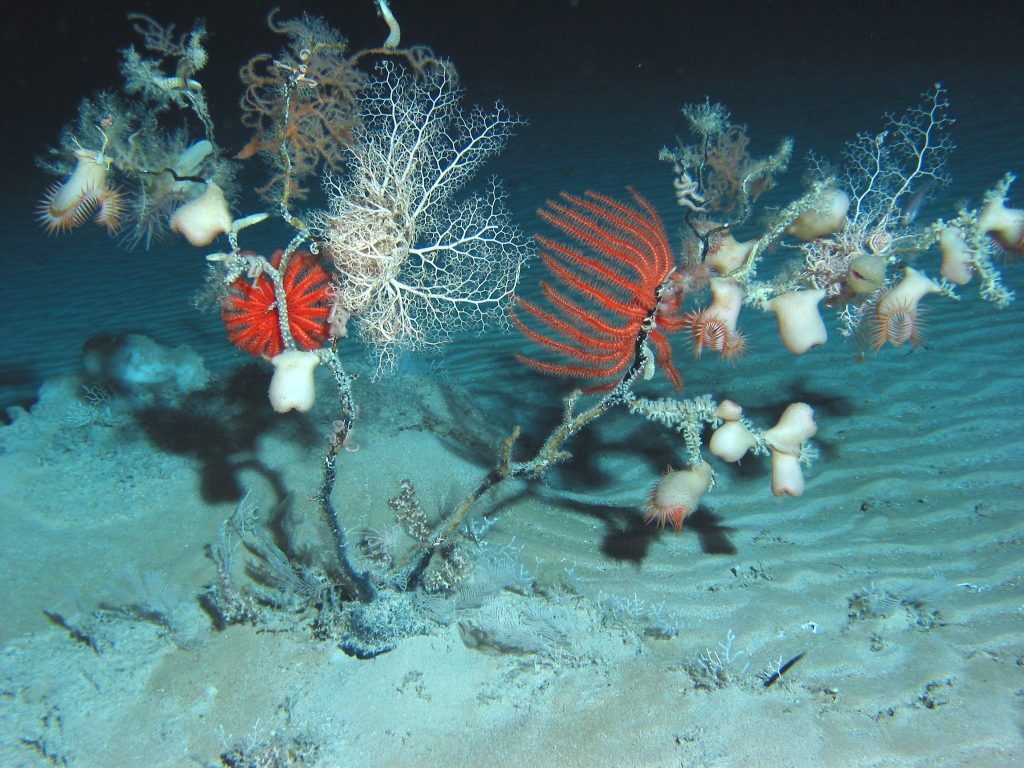The sub-Himalayan grasslands, as the name suggests, occur in the region where the Himalayan foothills converge on the plains. At the regional scale, these grasslands provide crucial wildlife habitat to a multitude of species and safeguard human well-being by ensuring water availability. At the global scale, grasslands play a critical role in mitigating the effect of climate change through carbon sequestration. Conversion of these grasslands into human-use areas has led to their rapid disappearance and fragmentation. The vast swathes of grasslands that once existed are now merely confined to a few Protected Areas in the country.
Manas National Park in Assam, India, still boasts of luxuriant grasslands chiefly composed of tall grass species. However, here too, the habitat is under threat. Biological invasion in the form of invasive alien plants (IAPs) is a prime cause of grassland degradation in Manas. An IAP refers to any plant that is not native to the area or region, and is capable of causing ecological damage by outcompeting native vegetation, subsequently leading to loss of habitat. In Manas, one can expect IAPs to inevitably push several rare and threatened habitat specialist species a step closer to extinction. While they have long been recognised as a threat in Manas, limited scientific evidence or data is available to make informed conservation decisions, especially with regard to IAP management.

We undertook a study in Manas National Park to understand the distribution pattern of IAPs and identify the drivers of invasion. We found that the grasslands in Manas are primarily invaded by two species: Chromolaena odorata and Mikania micrantha, which cover approximately 30 percent of the existing grassland habitat. Furthermore, using a technique called species distribution modelling, we predicted that in the absence of any management intervention, the entire grassland habitat is prone to invasion.
Our study also focussed on developing measures to manage these IAPs and aid in recovery of native grasslands. We tested the efficacy of different methods to manage C. odorata and found that manual uprooting works best to control the species. The experimental plot that was subjected to the manual uprooting treatment had increased native species richness, density and cover as compared to the other two treatments (cut, and cut & burned) tested during the study. Additionally, the density and cover of C. odorata decreased significantly in this plot.

Uprooting C. odorata before the flowering season for at least three to five years has proved to be an ecologically effective strategy, which can restore the entire native grass community. Although no supplemental grass plantation was carried out during the experiment, we suggest planting native grass slips after IAP removal for better results. In our efforts to address invasion, we engaged the local communities from the forest fringe areas. Being a part of the restoration process supplemented their livelihood and inculcated conservation-sensitive behaviour.
For the last two decades, the park management authority has been working in tandem with conservation organisations and local communities to revive Manas. Although conservation efforts in the past have mostly been directed towards securing high profile species (such as the one-horned rhinoceros and Bengal tiger) and strengthening law enforcement, of late there has been a renewed interest in reviving the degraded grasslands.
The grasslands in Manas National Park are sandwiched between the hilly terrain that is contiguous with Royal Manas National Park in Bhutan in the north and human-use areas along the southern boundary, allowing very little scope for their expansion. Besides, these grasslands are successional and in the absence of floods, there are no other natural factors that can rejuvenate and replenish the ecosystem. Proactive management interventions, such as arresting encroachment by trees like Bombax ceiba and Dillenia pentagyna, preventing invasion by invasive alien plants by the in invasive alien plants, systematic burning of grasses, and reducing unwanted human pressure are imperative for ensuring long-term conservation of the ecosystem and its dependent fauna.

Further reading:
Nath, A., A. Sinha, B. P. Lahkar and N Brahma. 2019. In search of aliens: Factors influencing the distribution of Chromolaena odorata L. and Mikania micrantha Kunth in the Terai grasslands of Manas National Park, India. Ecological Engineering 131: 16–26.
Sinha, A., A. Nath, B. P. Lahkar, N. Brahma, H.K. Sarma and A. Swargowari. 2022. Understanding the efficacy of different techniques to manage Chromolaena odorata L., an invasive alien plant in the sub-Himalayan tall grasslands: Toward grassland recovery. Ecological Engineering 179: 106618.






